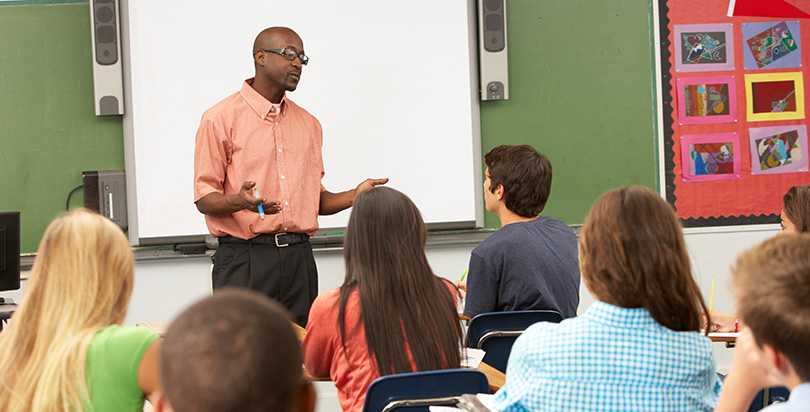Timeline Tales
Exploring the stories that shape our world, one timeline at a time.
Teaching Tricks: Transforming Beginners into Classroom Wizards
Unlock classroom magic! Discover teaching tricks that turn beginners into confident educators and inspire student success.
5 Essential Classroom Management Strategies for New Teachers
Starting a teaching career can be both exciting and daunting, particularly when it comes to classroom management. New teachers often face challenges in maintaining order and creating a productive learning environment. One of the most effective strategies is to establish clear rules and routines from day one. This involves outlining expectations for behavior and outlining the consequences for not adhering to these rules. By reinforcing these guidelines consistently, teachers can foster a sense of responsibility among their students.
Another essential strategy is to build positive relationships with your students. Taking time to understand their interests and backgrounds can greatly enhance classroom management. Make use of engagement techniques like group work, discussions, and fun activities that make learning enjoyable. Recognizing students for their achievements, both big and small, helps to create a supportive atmosphere that encourages good behavior and participation. Ultimately, combining clear expectations with positive reinforcement can lead to a harmonious and effective classroom environment.

How to Engage and Inspire Your Students: Tips for Beginners
Engaging and inspiring your students is crucial for fostering a productive learning environment. Start by building a strong connection with them; this can be achieved by incorporating their interests and experiences into your lessons. Utilize methods like interactive activities or hands-on projects to make the material come alive. Creating a classroom culture that encourages open dialogue allows students to feel valued and understood, reinforcing their motivation to participate actively.
Additionally, employ a variety of teaching styles to cater to different learning preferences. Consider implementing techniques such as group discussions, multimedia presentations, or even storytelling to captivate their attention. Don't forget to provide consistent feedback; acknowledging their efforts and progress not only boosts their morale but also helps solidify their understanding. Remember, the goal is to create an environment where students feel inspired to explore and express their ideas freely.
What Are the Best Techniques for Teaching Diverse Learners?
In today's increasingly diverse classrooms, effective teaching techniques must cater to a variety of learning styles and backgrounds. One of the best techniques for teaching diverse learners is using differentiated instruction. This approach allows educators to tailor their teaching methods, materials, and assessments to meet the individual needs of each student. For instance, incorporating a mix of visual, auditory, and kinesthetic activities can address multiple learning preferences. Additionally, employing flexible grouping strategies enables teachers to pair students with peers who may enhance their understanding, fostering a more collaborative learning environment.
Another essential technique is implementing culturally responsive teaching. This method acknowledges and respects students' cultural backgrounds, promoting their engagement and connection to the curriculum. By integrating diverse learners' experiences into lesson plans and curricula, teachers can help students see the relevance of their education. Moreover, using real-world examples and materials that reflect various cultures can motivate students to participate actively in their learning. Ultimately, combining differentiated instruction with culturally responsive teaching creates an inclusive atmosphere that benefits all learners.